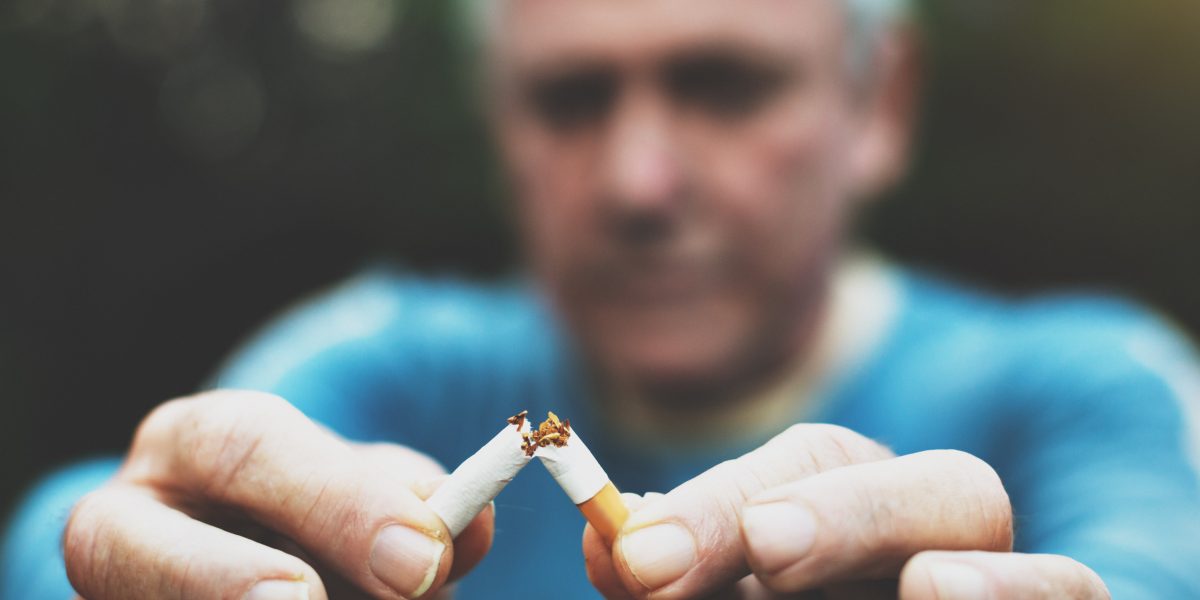People who have chronic health challenges, including asthma, lung disease, diabetes and heart disease, are more likely to have a severe health crisis if they get COVID-19. Smoking commercial tobacco counts as a chronic health condition.
“The biggest thing smoking does in an active smoker is to destroy the cilia in the lungs and in the nasal pharynx. Cilia are tiny hairlike follicles that help to trap damaged viruses, debris, and move that debris upwards out of your lungs, so it doesn’t stay there and cause issues,” said Dr. Neal Patel with the Mayo Clinic “And so it acts as one of the main defense systems against infection. Without that smokers, unfortunately, are a little bit defenseless.”
Many Native elders have been working in the community to keep tobacco sacred. There are culturally specific programs that can help folks quit smoking. But as Ojibwe elder Sharon Day says, you have to have a reason.
“I think if it’s not for yourself, it has to be for something you care about. For me, I was a smoker, and in 2000 the health department gave me a contract to work with youth in smoking prevention so the day I signed the contract was the day I quit smoking because how could I work with kids and tell them not to smoke if I was smoking.”
If you’re inspired to quit commercial tobacco use, one resource in Minnesota is the American Indian Quit Line at 1 (833) 9AI-QUIT.


 How Tribal Communities Help Reduce the Risks of Commercial Tobacco Use and COVID-19
How Tribal Communities Help Reduce the Risks of Commercial Tobacco Use and COVID-19